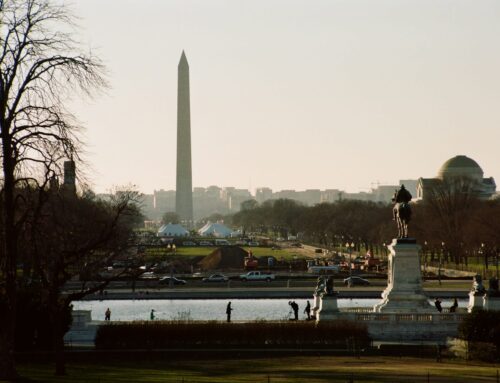1. During the 2002 wildfire season:
- 2.4 million acres of Forest Service and burned, in addition to 4.8 million acres of other federal, state, and private land.
- Firefighting costs reached a record-breaking $1.6 billion.
- 2,381 structures were lost.
- Over 30,000 people were involved with firefighting efforts, including firefighters and support personnel.
2. Decades of fire suppression have actually increased the risk of wildfire, especially in forests that experienced frequent low-intensity fires that cleared out undergrowth. Wildfires are a natural part of many forest ecosystems, thus some wildfires should be allowed to burn within certain limits. Human safety and the protection of property and natural resources should remain priorities.
3. Funds spent on fire preparedness directly reduce the amount spent on fire suppression. According to the Forest Service, every $1 spent on fire preparedness decreases suppression costs by $5-$7.
4. According to the General Accounting Office, the Forest Service relies on the commercial timber sale program to reduce wildfire risk and tends to concentrate on forests with high-value timber rather than those facing the greatest risk. Also, fire-risk reduction projects are judged based on the number of acres treated, leading to the treatment of the cheapest areas, as opposed to those that are at the highest risk.
5. Commercial logging can increase the risk of wildfire. Logging removes large, green, fire-resistant trees leaving behind smaller fire-prone trees; opens the forest canopy which leads to drier forests that are more susceptible to fire; and leaves behind flammable materials (i.e. twigs, branches and needles) that increase the rate of fire spread.
6. Congress gives the Forest Service a “blank check” when it comes to firefighting and does not even try to set a realistic budget for fire suppression. Congress has always reimbursed the agency for any and all costs.
7. Fifty-six percent of all National Forests lack approved fire management plans, which were required by the 1995 Federal Wildland Fire Policy. These plans outline what will and will not be done in the event of a wildfire, and the lack of such plans can actually make it harder and more expensive to fight wildfires. Because of the blank-check funding for fire suppression, the Forest Service has little incentive to try to reduce costs through the implementation of these plans.










